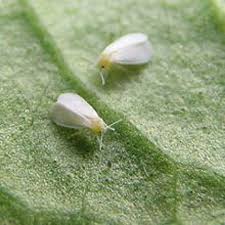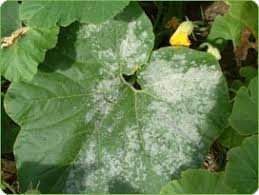
Crop Detail
Alfalfa, Medicago sativa, is an herbaceous perennial in the plant family Fabaceae (peas and beans) which is primarily grown as a forage crop which can be grazed by animals or harvested as hay to be used as an animal feed. Alfalfa has a deeply penetrating taproot and the stems of the plant branch from a woody base, growing upright and erect or along the ground. The leaves of the plant are made up of three individual leaflets (trifoliate) which are narrow and oval or oblong in shape with a smooth upper surface and slightly hairy lower surface. Alfalfa plants produce flowers on racemes (flower stalks) and each raceme possesses 10-35 densely packed purple flowers. Alfalfa produces spirally coiled seed pods each containing 2-6 seeds. Pods may have a smooth or hairy outer surface. Alfalfa plants can reach a height of 120 cm (47 in) and live for between 3 and 8 years. Alfalfa is also commonly referred to as Lucerne and is believed to have originated in Caucasus area, north-western Iran and north-eastern Turkey.
|
| Major/Minor |
Minor |
| Temporary/Permanent |
Temporary |
| Category |
Agriculture Extension |
| Type |
Fodder Crops |
| Crop Climate Title |
Sub Tropical |
| Crop Water Method Title |
Rain-fed |
| Crop Duration |
Perennial |
| Crop Economic Title |
Food Crop |
| Crop Growing Season |
Rabi / Winter / Cold Crops |
|
|
Diseases

Sucking Pests
Wild Boar
Alfalfa caterpillar
Alfalfa weevil
Aphids
Beet armyworm
Three cornered alfalfa hopper

Fungal Diseases
damping off
Seedling blight
Leaf Spot
Shoot blight
Root rot
Bacterial wilt
Fusarium wilt
Crown rot
Viral Mosaic
Anthracnose
Downy mildew
Alfalfa mosaic Alfalfa mosaic virus (AMV)
Alfalfa Seed Varieties
| Name |
Seed Rate |
| Type-9 |
8 kg / Acre |
| 





